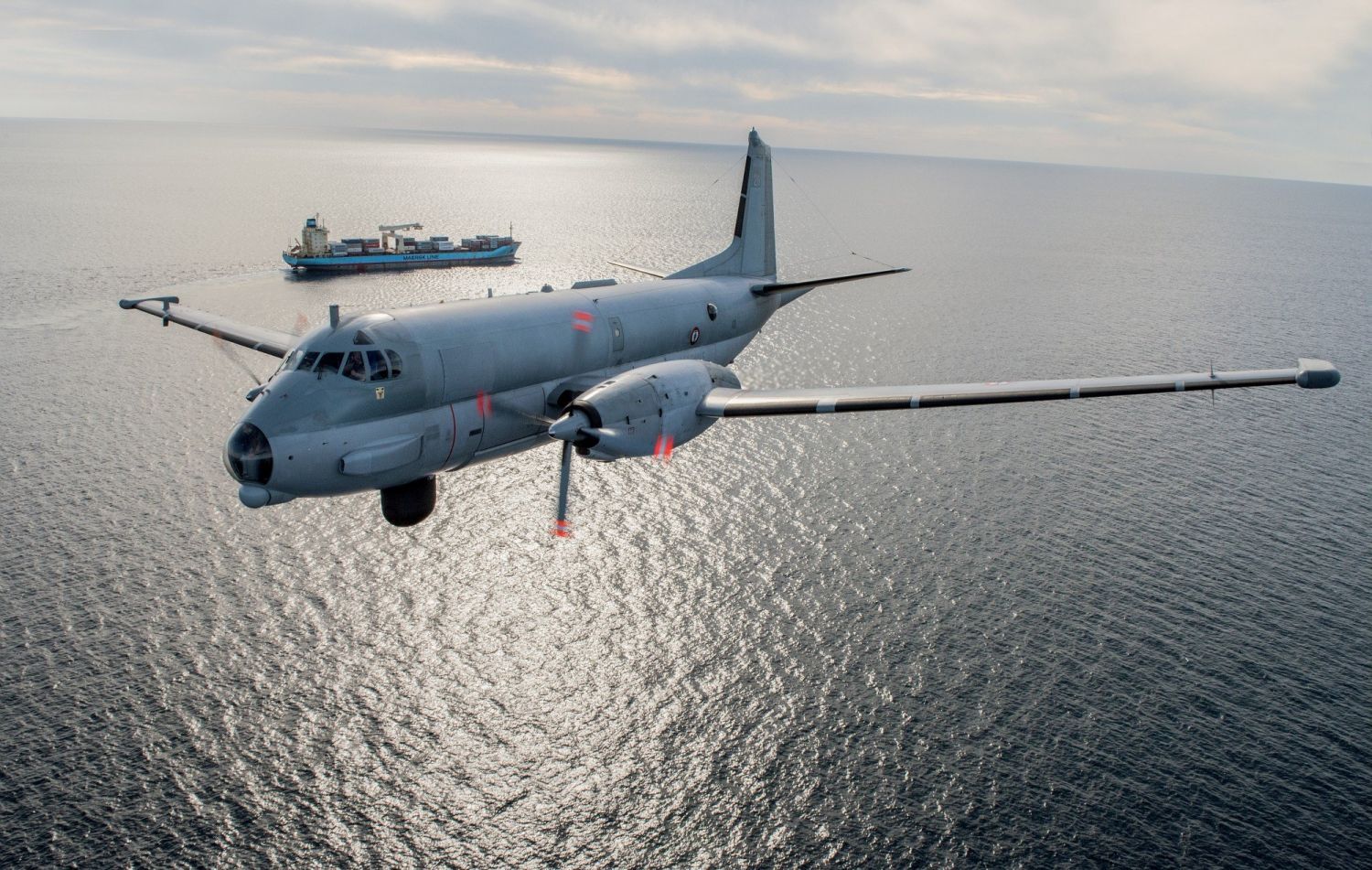The Franco-German maritime airborne warfare system (MAWS) is still alive, but…
The German company MAWS GbR (consisting of ESG Elektroniksystem- und Logistik-GmbH, HENSOLDT Sensors GmbH and Diehl Defence GmbH & Co. KG) was awarded on April 25, 2024 a contract for the second national supplementary study of the Franco-German Maritime Airborne Warfare System (MAWS) project.
MAWS pursues the approach of a system of systems for networked maritime reconnaissance, submarine hunting and intervention on maritime targets. Manned and unmanned platforms will be used in conjunction with ground stations. Essential to this are data links for networking and an AI-based cloud solution used to analyze the data obtained from the sensors. The study includes the development of concrete solution proposals for German naval aviators in addition to the “interim” solution represented by the purchase of the Boeing P-8A Poseidon.
Origins of the MAWS project
The MAWS [Maritime Airborne Warfare Systems] program, was launched in 2018 following the signing of a letter of intent between France and Germany, with the aim of developing a European manned aircraft for maritime patrol missions, to fly in 2035, in order to replace the French Atlantique 2 and the German P-3C Orion. The proposed aircraft were based on the Airbus A320neo and Dassault offered both the Falcon 8X and the larger 10X.

Finally Germany, given the long lead time to develop a new platform, decided to acquire eight P-8A Poseidon maritime patrol and intelligence aircraft to replace the Lockheed P-3C Orion of the Marinefliegergeschwader. France will have to develop its manned platform alone.
Change in focus
Contrary to what might have been expected after the Poseidon acquisition, it appears that parts of the Franco-German program are still alive and will be invested in its development.
Hensoldt (a company participating in the German consortium of the program) reported that the proposed solutions for the MAWS program focus on the development of manned and unmanned aerial vehicles (UAVs) as a carrier platform and ground stations.

Another central point of the study is the networking and data processing of the various assets and land stations. To this end, a “Maritime Warfare Cloud” will be designed to ensure information autonomy and data sovereignty.
A key element of the project is the development of an artificial intelligence (AI) to process and analyze the large volumes of data obtained by the different platforms, which will be uploaded to the cloud (possible future integration with the Combat Cloud under development for the FCAS?) and made available to the entire system network, facilitating situational awareness and decision making.
In summary, it appears that the MAWS project is taking on a new lease of life after shifting its focus to the development of IT and networking tools that will allow several different types of platforms to be integrated within a single naval intelligence and warfare structure.



Comentarios
Para comentar, debés estar registrado
Por favor, iniciá sesión